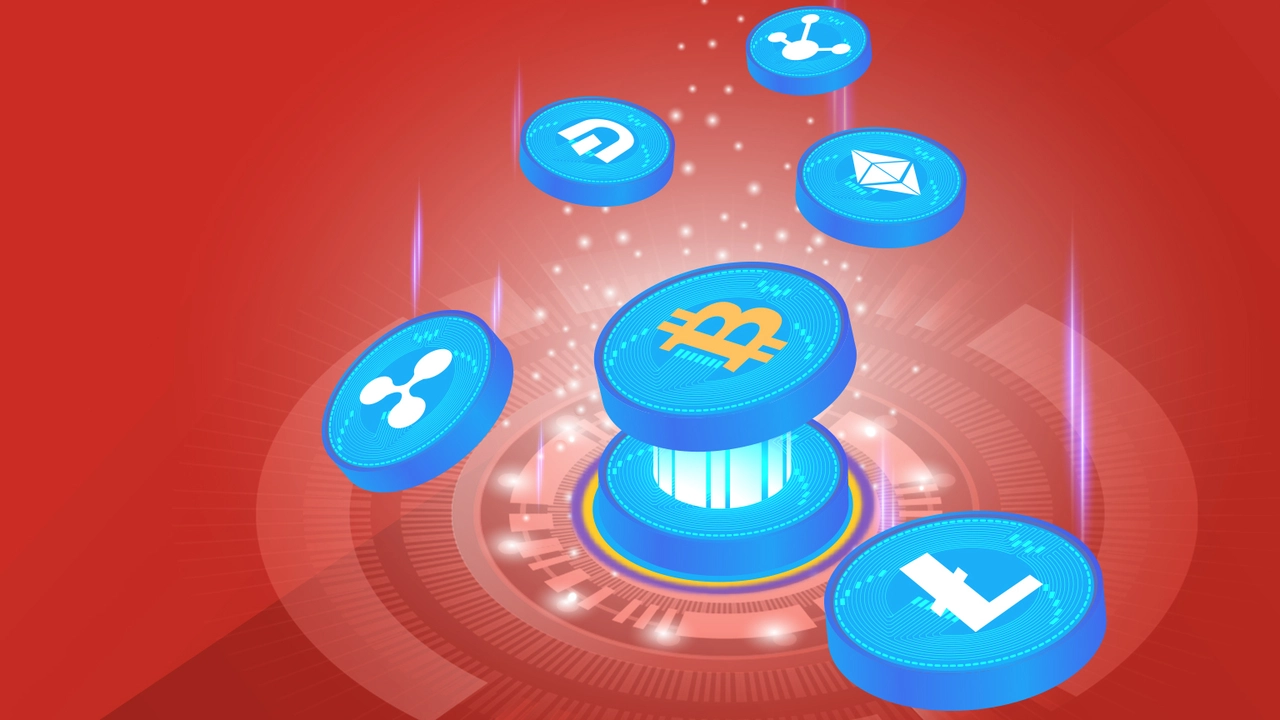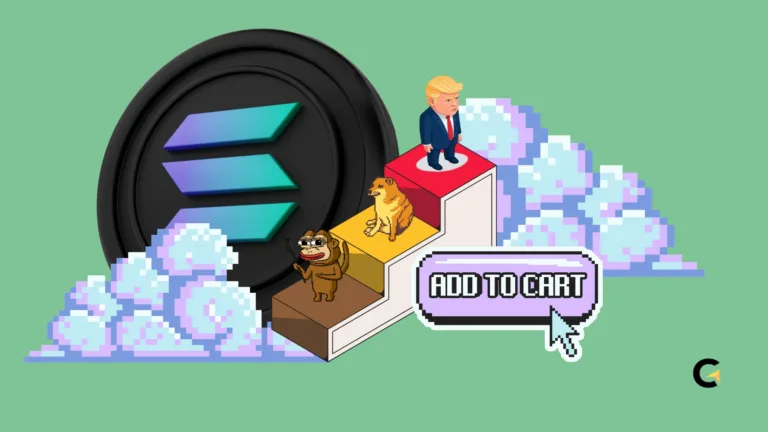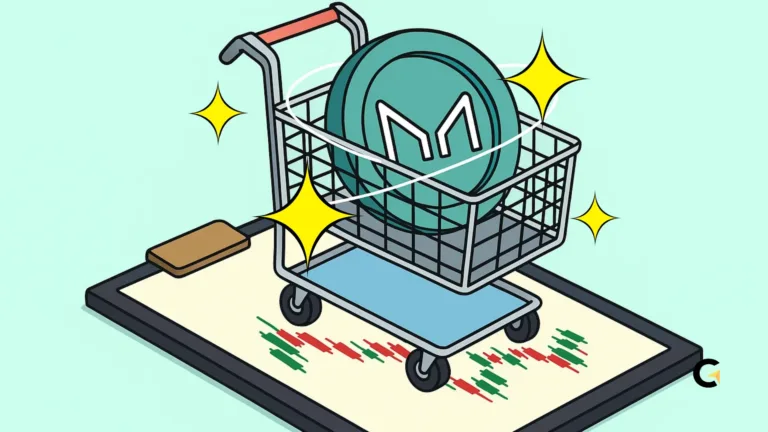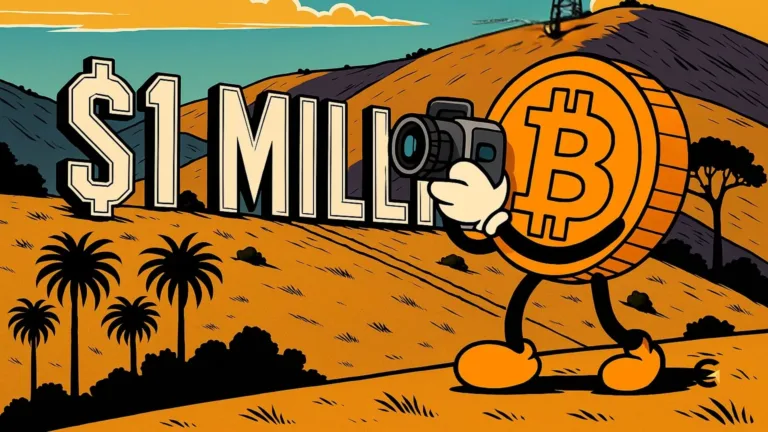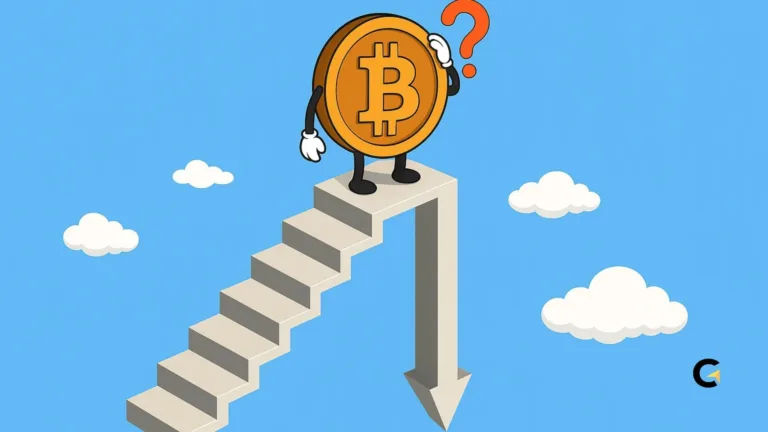10 Types of Crypto Assets You Need to Know
Crypto assets – Bitcoin was first introduced by Satoshi Nakamoto in 2009 and became a pioneer in the world of crypto assets.
Over time, various types of crypto investments began to emerge with different functions and purposes.
Currently, there are more than 13,000 cryptocurrency assets circulating in the market, reflecting the rapid development of blockchain technology and innovation in cryptocurrency investment trading.
Summary Key Takeaways
Show10 Types of Crypto Assets You Need to Know
For crypto investors and users, understanding the differences between these different types of assets is essential.
This knowledge helps in making crypto investment decisions, managing risk, and utilizing the unique features of each asset.
Here are some types of crypto assets commonly used in this industry that we quote from the Coinvestasi media.
1. Cryptocurrency Assets – Coins
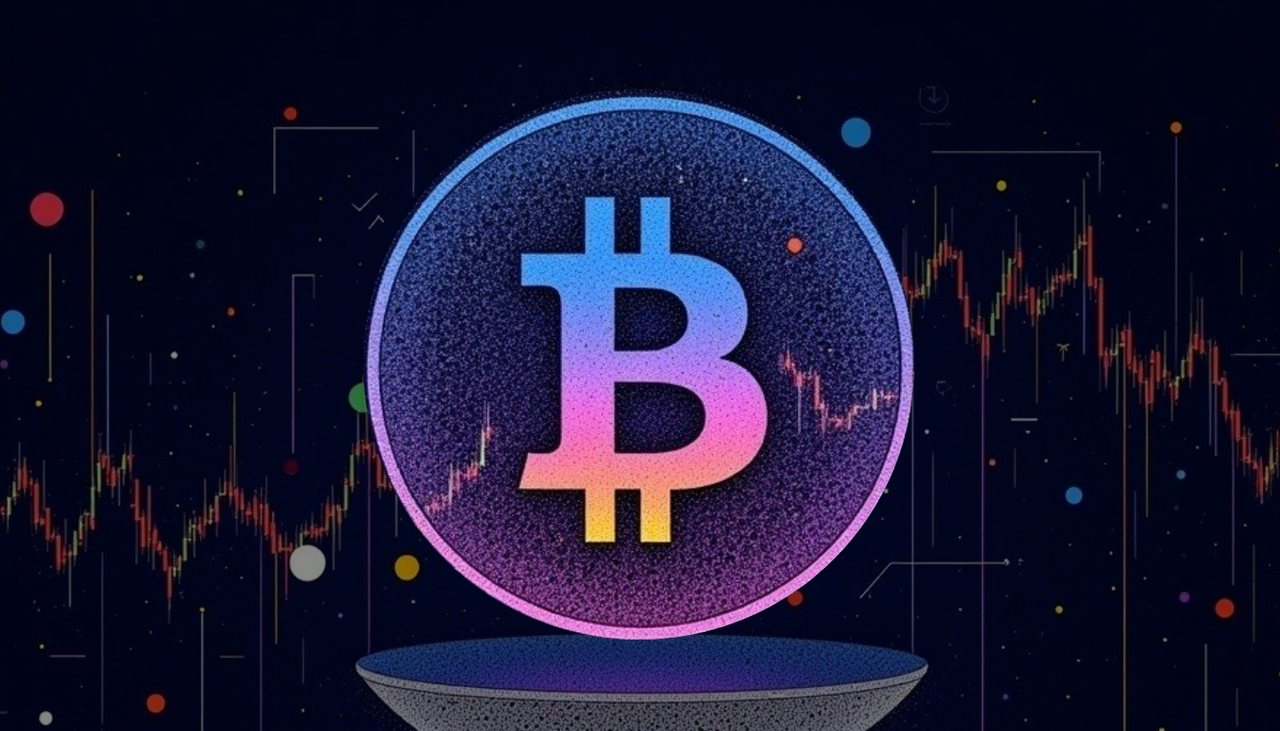
Coins are a type of crypto asset that has its own blockchain. They function as a digital currency that can be used for various transactions within their respective ecosystems.
Coins are also often used as incentives for miners or validators who help maintain the security of the blockchain network and facilitate the trading of cryptocurrency assets.
Some examples of well-known coins are:
- Bitcoin (BTC): The first coin created and still the cryptocurrency asset with the largest market capitalization and is widely used in crypto trading.
- Ethereum (ETH): In addition to being a digital currency, Ethereum allows the creation of smart contracts and decentralized applications, providing many benefits to the crypto trading ecosystem.
- Cardano (ADA), Polkadot (DOT), and Ripple (XRP): Each has unique technology and functions in crypto asset trading.
2. Cryptocurrency Investment – Tokens

Tokens are digital assets that do not have their own blockchain and are built on top of other blockchains, such as Ethereum.
Unlike coins, tokens not only function as digital currencies but can also be used in various applications, such as financial services, games, and crypto asset trading platforms.
Ethereum has an ERC-20 token standard that allows developers to create tokens with the same rules.
Some examples of well-known tokens are Uniswap (UNI), Aave (AAVE), and Decentraland (MANA), which are widely used in crypto trading.
3. Crypto Assets – Stablecoins
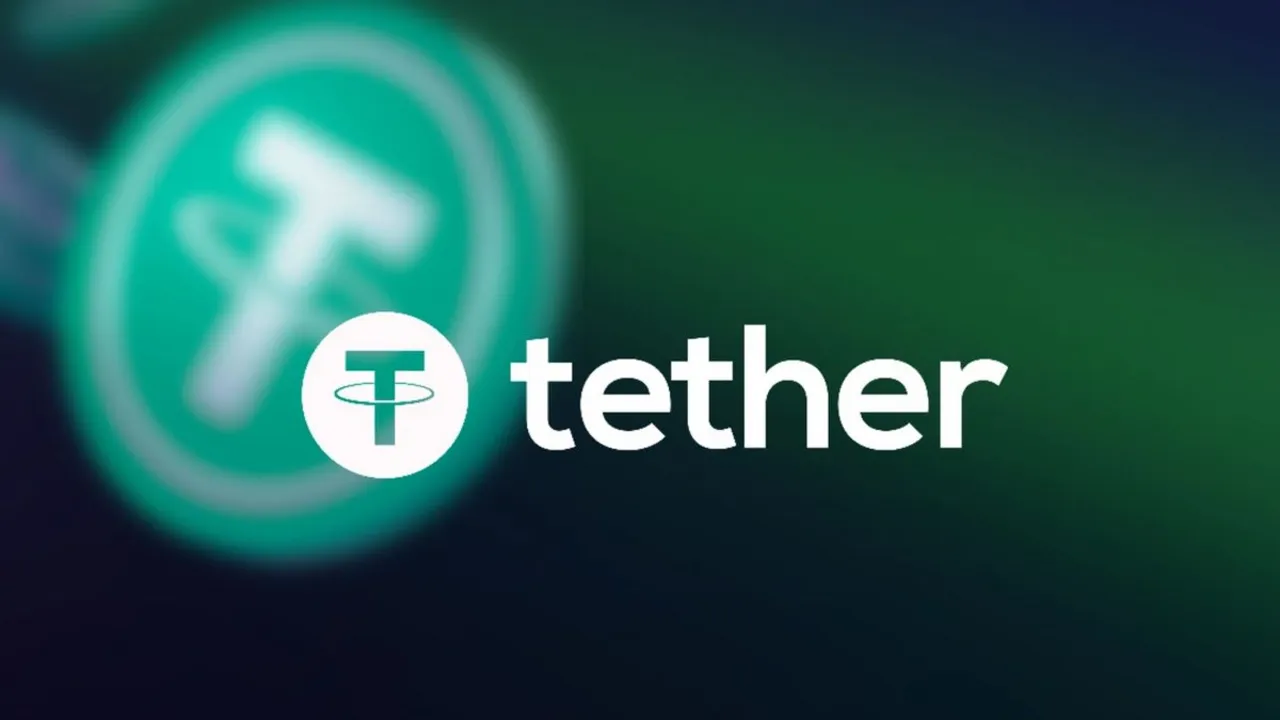
Stablecoins are cryptocurrencies whose value is pegged to a stable asset, such as fiat currency or gold.
The goal is to reduce the price volatility that often occurs in other crypto assets. Stablecoins are widely used as a means of payment and a more stable store of value in crypto trading.
Examples of popular stablecoins:
- Tether (USDT): Pegged to the US dollar and widely used in crypto trading.
- USD Coin (USDC): Managed by a US-based company and subject to stricter regulations.
- Binance USD (BUSD): Stablecoin issued by Binance, one of the world’s largest crypto exchanges.
4. Crypto Investment – Exchange Token
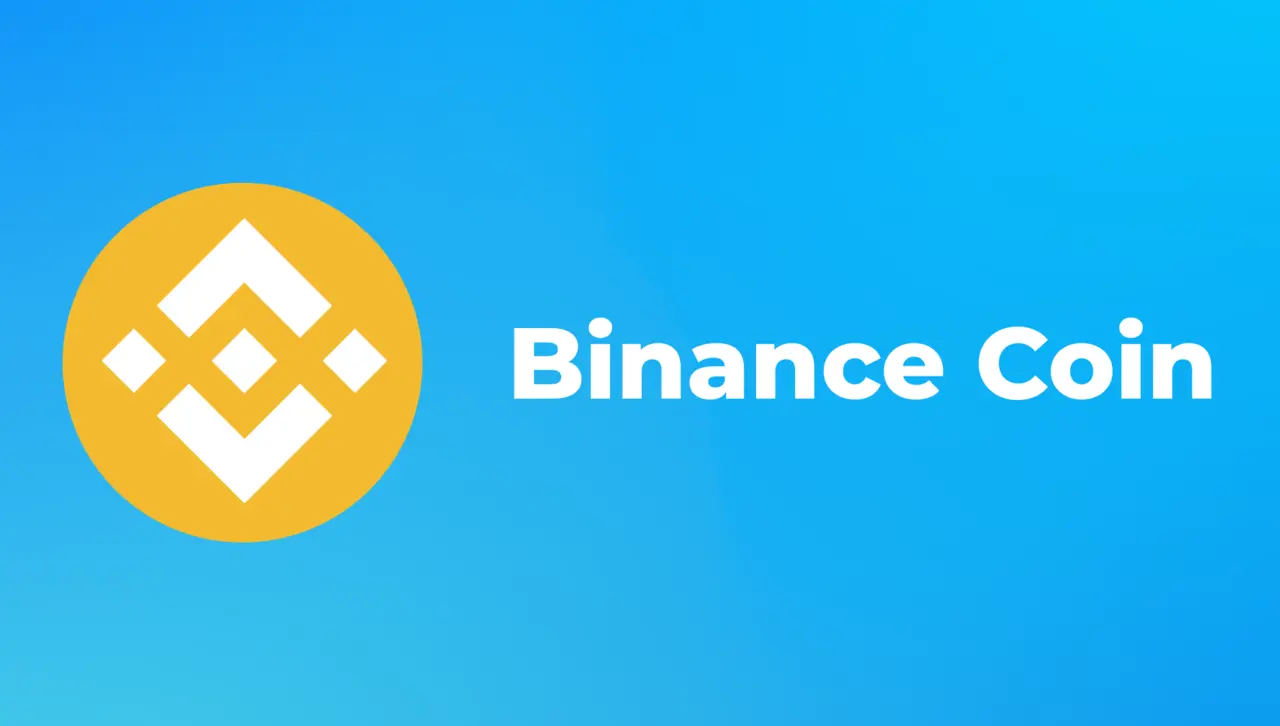
Exchange tokens are tokens issued by crypto exchange platforms. These tokens are often used to provide incentives to users, such as discounts on trading fees and exclusive access to certain features within the platform, which are essential in crypto trading.
A well-known example of an exchange token is Binance Coin (BNB), which was originally created to pay transaction fees on Binance but now has many other uses within the Binance ecosystem, including in crypto investing.
5. Cryptocurrency Assets – DeFi Tokens
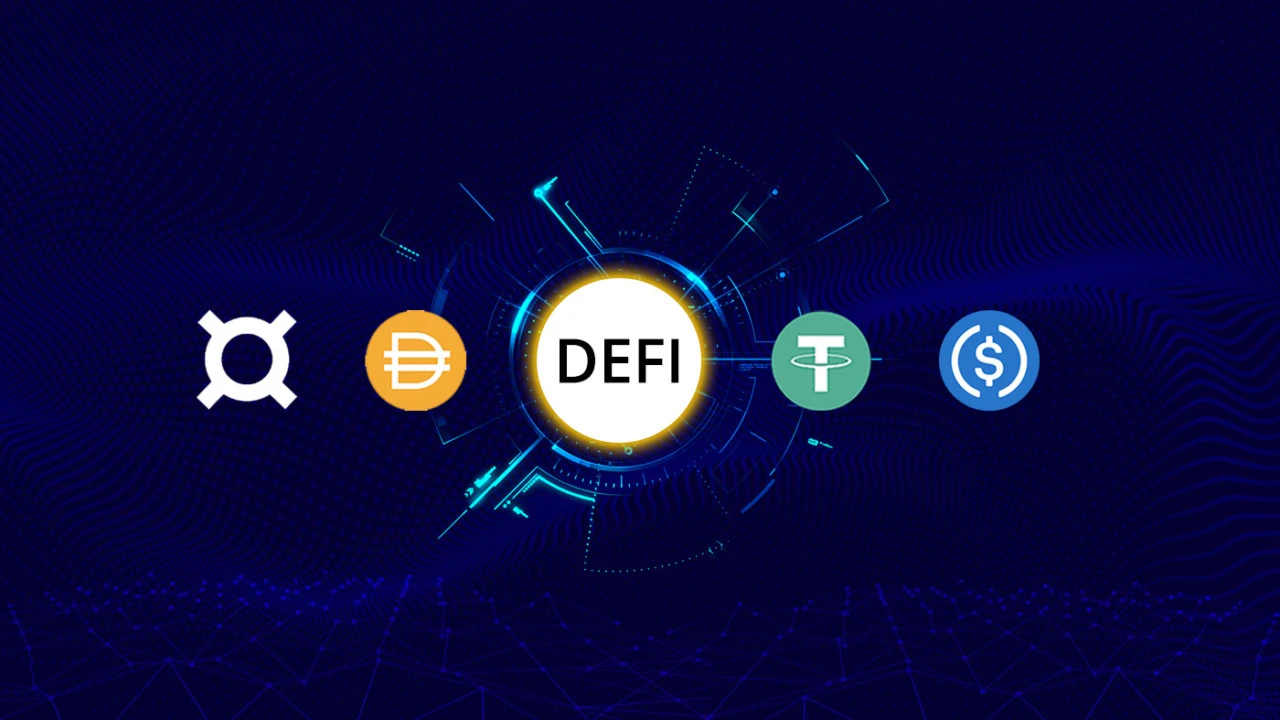
Decentralized Finance (DeFi) is a blockchain-based financial ecosystem that enables services such as lending, saving, and trading of crypto assets without intermediaries. DeFi tokens are used to provide incentives to users who participate in DeFi protocols.
One example of a DeFi token is Uniswap (UNI), which allows its holders to participate in the governance of the Uniswap protocol, a popular decentralized exchange in the crypto trading world.
6. Cryptocurrency Investment – Meme Tokens
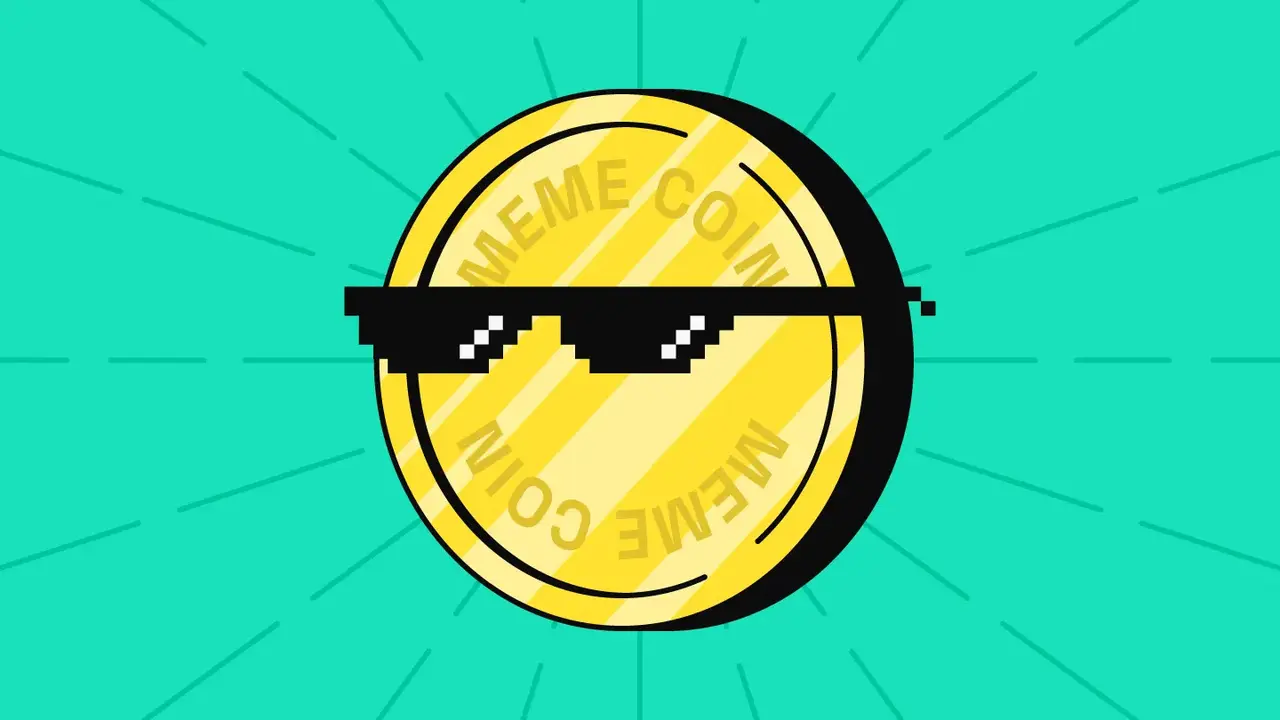
A meme token is a crypto asset that was originally created as a joke but gained massive popularity thanks to its community. These tokens are often highly volatile and are influenced by social media trends and famous figures.
Examples of famous meme tokens:
- Dogecoin (DOGE): Originally created as a parody of Bitcoin, it is now used in payments and donations within the crypto asset ecosystem.
- Shiba Inu (SHIB): Often referred to as the “Dogecoin killer,” Shiba Inu has gained a lot of attention from the crypto investment community.
7. Crypto Assets – Governance Tokens
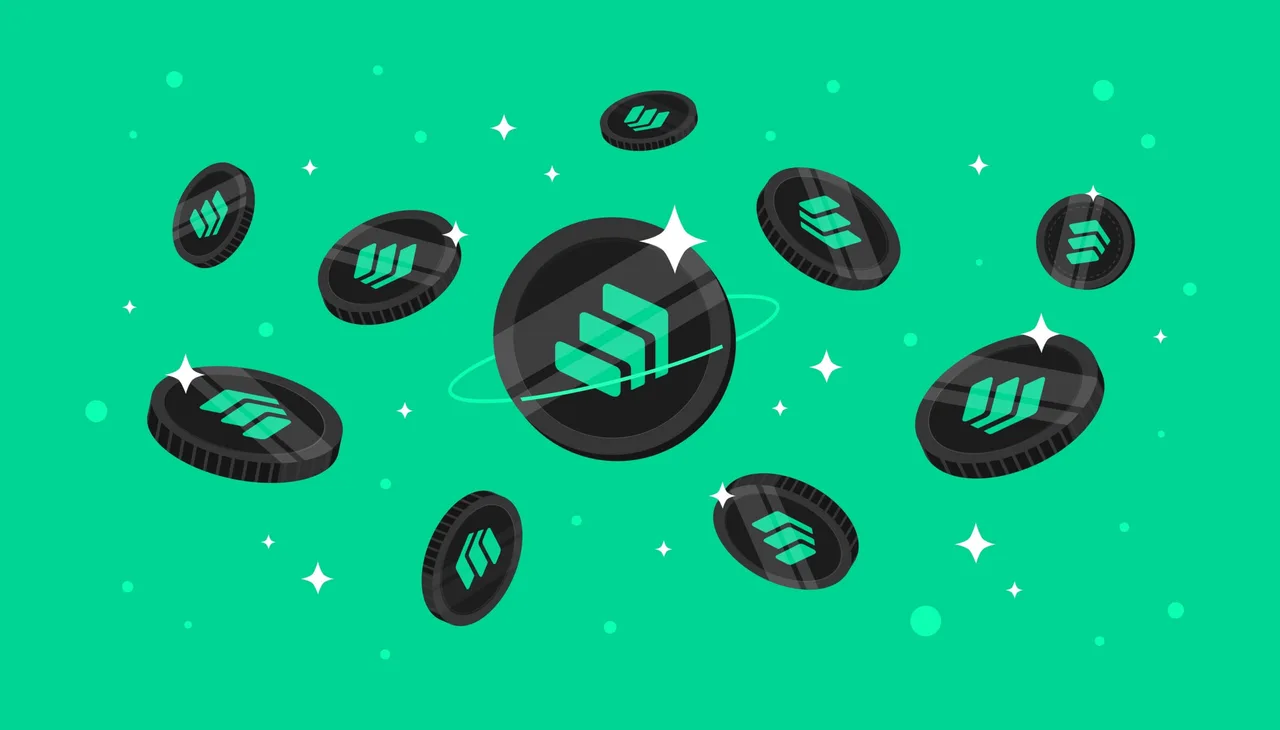
Governance tokens allow their holders to participate in decision-making related to a particular crypto protocol or project.
By holding these tokens, users can vote on rule changes or project developments, which plays a significant role in crypto investing.
An example of a governance token is Compound (COMP), which gives its holders voting rights in the Compound Finance ecosystem, a blockchain-based lending and borrowing platform.
8. Crypto Investments – NFT (Non-Fungible Token)
NFTs are unique tokens that cannot be exchanged for each other because they have different values. NFTs are often used to represent ownership of digital goods, such as art, music, or virtual property in the crypto asset ecosystem.
Some popular NFTs include the Bored Ape Yacht Club (BAYC) collection, which has a high value in the digital art market and is often used in crypto trading.
9. Crypto Assets – GameFi Tokens
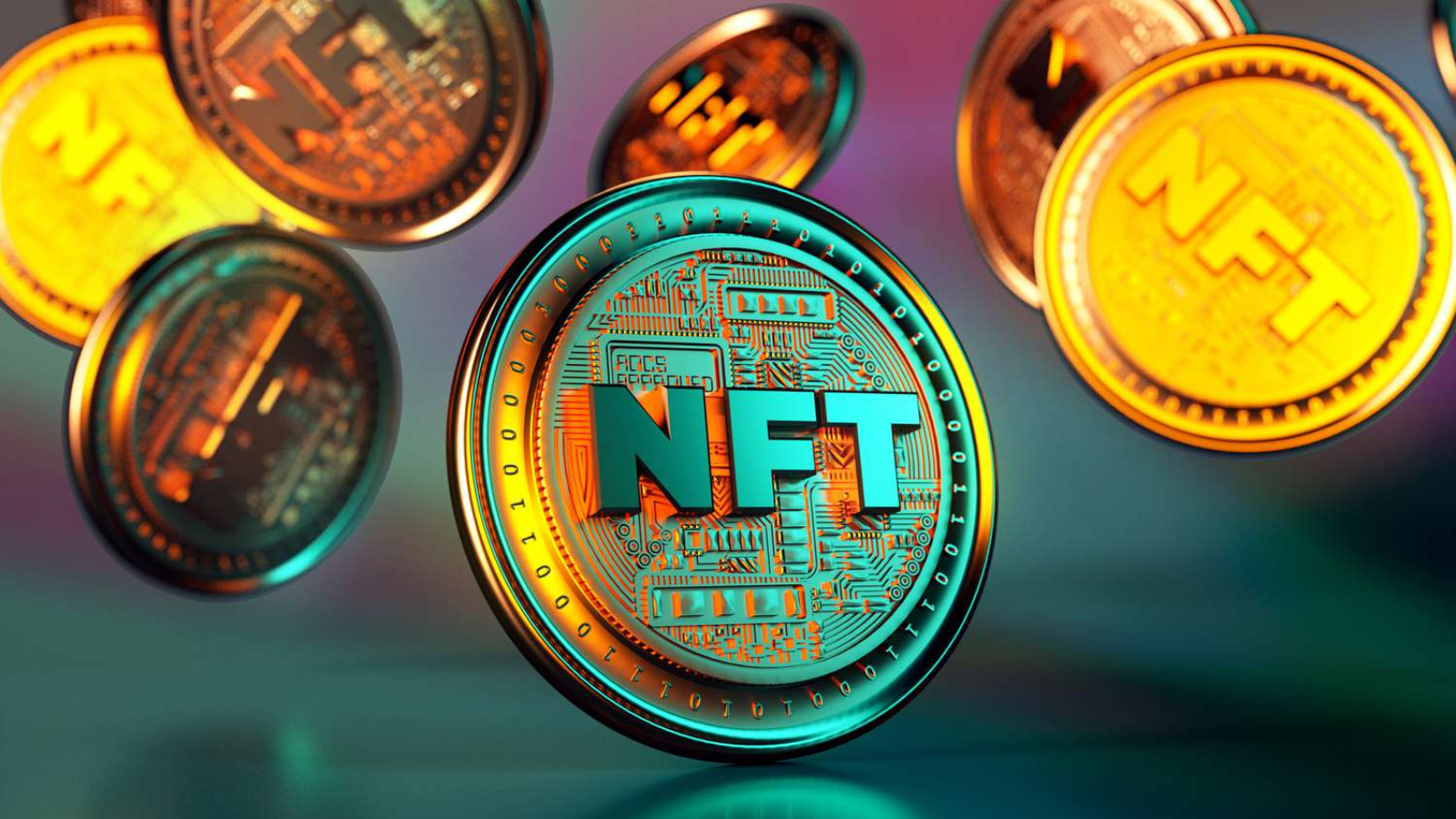
GameFi combines the concepts of gaming and blockchain-based finance. GameFi tokens allow players to earn digital assets that can be traded or used in-game, opening up crypto investment opportunities in the gaming industry.
Examples of GameFi tokens:
- Axie Infinity (AXS): Used in the Axie Infinity play-to-earn gaming ecosystem.
- The Sandbox (SAND) and My Neighbor Alice (ALICE): Play a role in a blockchain-based virtual world.
10. Cryptocurrency Assets – Wrapped Tokens
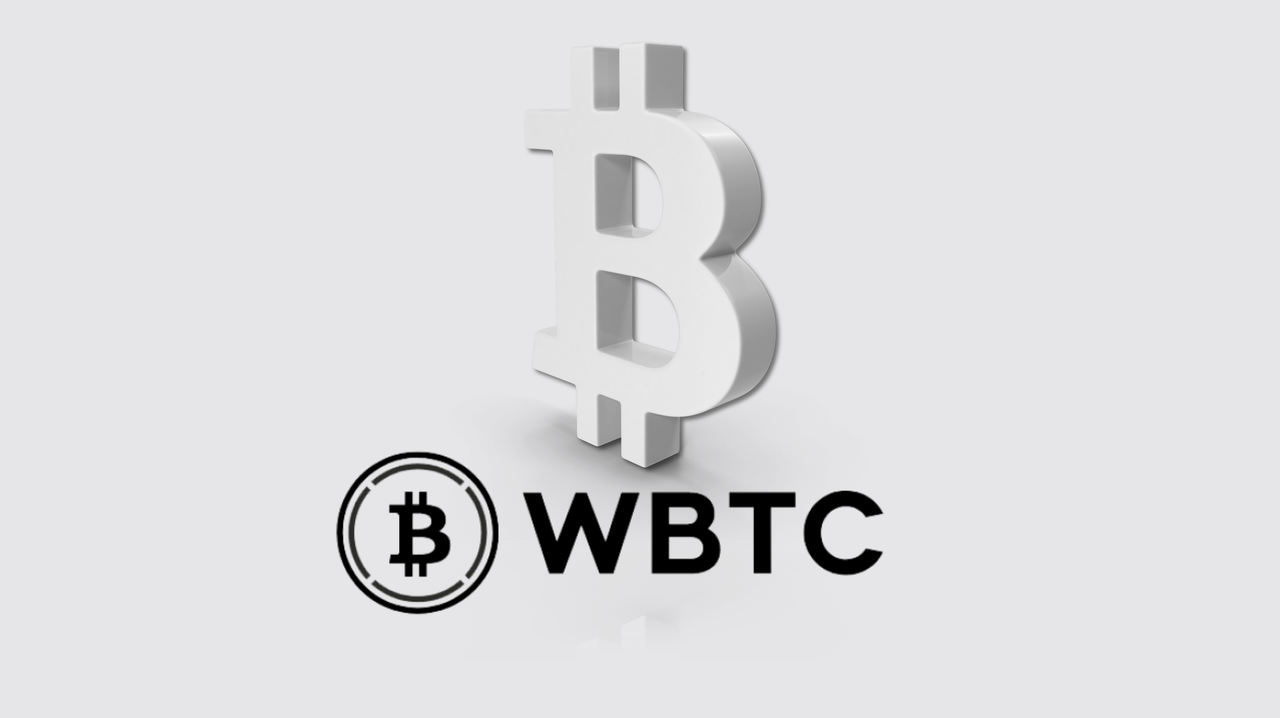
Wrapped tokens are assets that allow coins from one blockchain to be used on another blockchain. This increases interoperability between different blockchain networks and plays a vital role in crypto asset trading.
An example of a wrapped token is Wrapped Bitcoin (WBTC), which allows Bitcoin to be used in the Ethereum ecosystem and DeFi applications, supporting transactions in crypto trading.
Let’s Invest in the Type of Crypto Assets You Like
The world of cryptocurrency assets is vast and continues to evolve along with technological innovation. By understanding these different types of assets, investors can make more informed decisions, adjust their crypto investment strategies, and take advantage of the unique features each type of asset offers.
The types of crypto assets that have been discussed are likely to continue to grow as the industry evolves, so it is important for investors to keep up with developments to stay relevant in the world of crypto trading.
Frequently Asked Questions (FAQs)
What is the difference between coins and tokens in cryptocurrency?
Coins operate on their own blockchain and serve as digital currencies (e.g., Bitcoin, Ethereum), whereas tokens are built on existing blockchains and are used for various applications such as DeFi, gaming, and finance (e.g., Uniswap, Aave, Decentraland).
Why are stablecoins important in crypto trading?
Stablecoins are pegged to stable assets like fiat currency or gold to reduce volatility. They are widely used as a means of payment and store of value in cryptocurrency trading (e.g., USDT, USDC, BUSD).
What are DeFi tokens, and how do they work?
DeFi tokens facilitate decentralized financial services, such as lending, borrowing, and trading without intermediaries. Holders can also participate in protocol governance (e.g., Uniswap, Compound).

